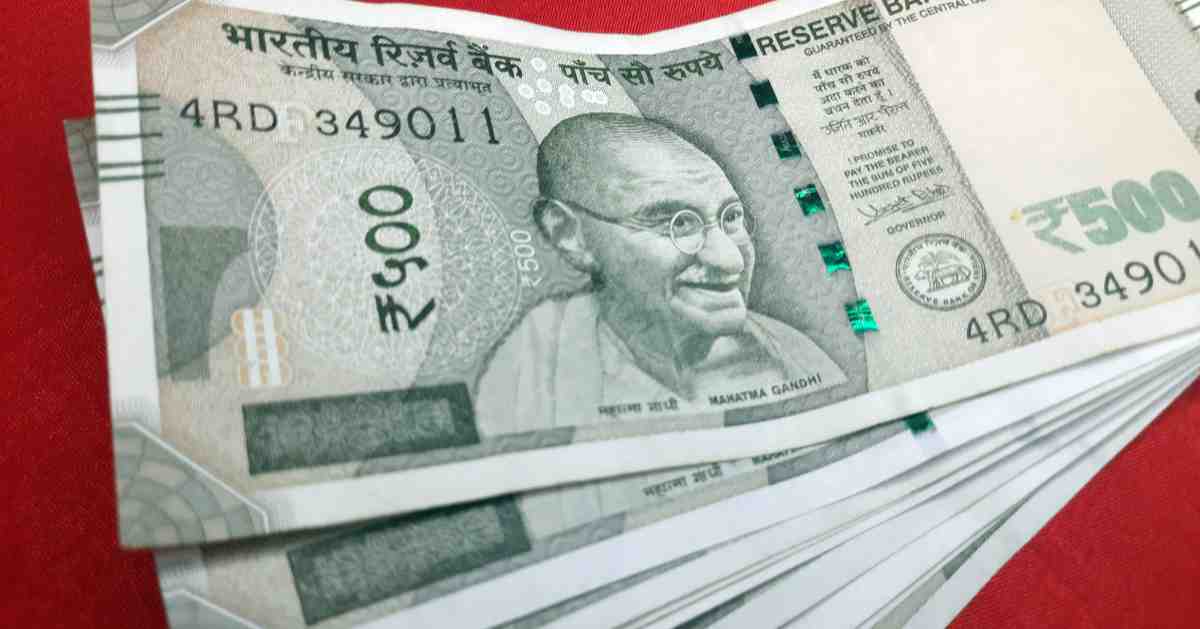Euro to INR International Transaction Fluctuations Implications

The exchange rate between the Euro (EUR) and the Indian Rupee (INR) is an important factor that impacts international transactions between the Eurozone countries and India.
Hence, understanding the fluctuations and implications of the Euro to INR exchange rate is crucial for businesses and individuals engaged in cross-border transactions, such as trade, investments, and travel. In this article, we will delve into the dynamics of the Euro to INR exchange rate, including its fluctuations and implications on international transactions.
The EUR to INR exchange rate is influenced by various economic, political, and market-related factors. Here are some key factors that can affect the fluctuations in the Euro to INR exchange rate:
Economic Factors

The economic performance of the Eurozone countries and India can significantly impact the EUR to INR exchange rate. Factors such as interest rates, inflation rates, GDP growth, employment data, and trade balances can all affect the exchange rate between the Euro and INR.
For example, if the Eurozone economy is performing well with positive economic indicators, it could lead to a stronger Euro compared to the INR, resulting in a higher exchange rate. Conversely, if India’s economy is facing challenges such as inflationary pressures or trade imbalances, it could result in a weaker INR and a lower exchange rate.
Political Factors

Political events and decisions can also impact currency exchange rates. Changes in government policies, political stability, and geopolitical tensions can all affect market sentiment and influence currency movements.
For example, if there is political instability in either the Eurozone countries or India, it can create uncertainty in the market and impact investor confidence, which can in turn affect the exchange rate between the EUR and INR. Monitoring political developments and their potential impact on the exchange rate is crucial.
Market Sentiment

Market sentiment and investor perception about the economic and political outlook of the Eurozone countries and India can impact currency exchange rates. Market participants, including investors, speculators, and traders, react to the news, economic data, and geopolitical developments, which can influence currency demand and supply dynamics.
For example, if there is positive sentiment about the economic prospects of the Eurozone countries, it can lead to increased demand for the Euro, resulting in a potential appreciation in its value against the INR. However, negative sentiment can have the opposite effect. Staying updated with market news and sentiment can provide insights into potential exchange rate movements.
Trade Relations

Trade relations between the Eurozone countries and India can also impact the exchange rate between their respective currencies. The volume of bilateral trade, export and import trends, and trade agreements between the two regions can all affect currency exchange rates.
For instance, if there is an increase in trade volume between the Eurozone countries and India, with the Eurozone countries exporting more goods and services to India than they import, it can create demand for the Euro, leading to a potential appreciation in its value against the INR, and vice versa. Monitoring trade relations and trends between the two regions can provide insights into potential currency movements.
Global Economic Factors
Global economic factors can also impact the exchange rate between the EUR and INR. Factors such as global economic trends, international trade policies, and geopolitical events in other countries can influence currency exchange rates.
For instance, changes in global commodity prices, particularly for commodities that are significant exports for the Eurozone countries or India, can impact the EUR to INR exchange rate.
Similarly, changes in global economic conditions or policies, such as interest rate decisions by major central banks, can also influence currency movements. Keeping track of global economic trends and events can provide insights into potential exchange rate movements between the EUR and INR.
Conclusion Understanding the dynamics of the Euro to INR exchange rate, including its fluctuations and implications on international transactions, is vital for businesses and individuals engaged in cross-border transactions between the Eurozone countries and India. So, make sure to talk to your agent before booking the Thomas Cook package to stay informed about the Eur to INR exchange.
